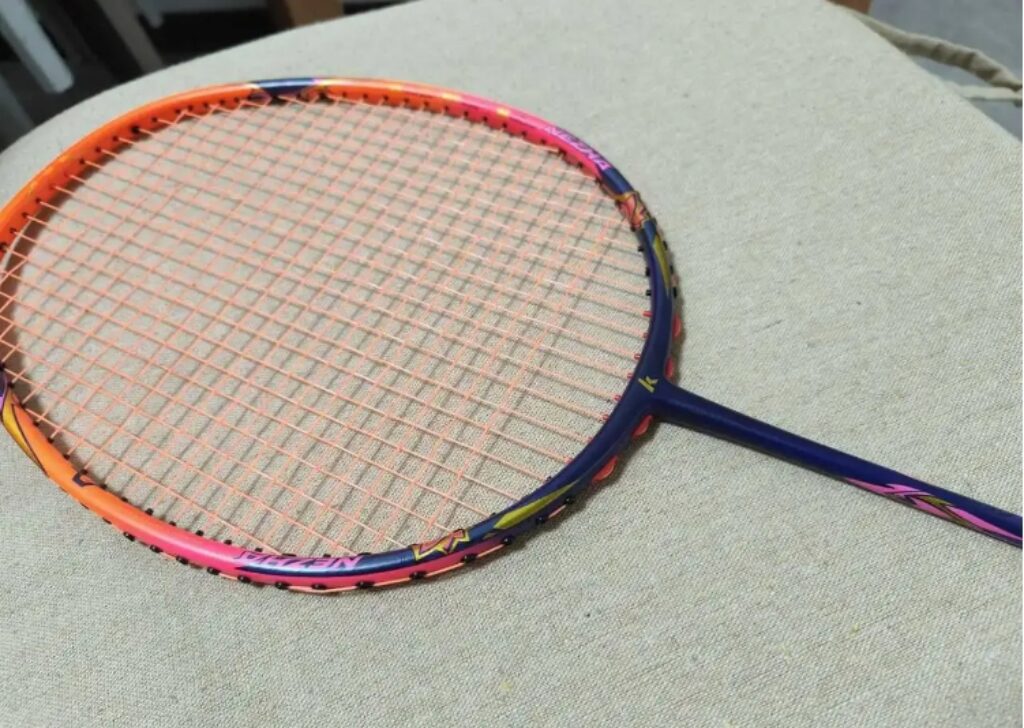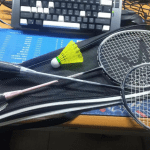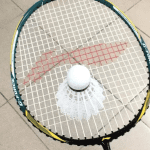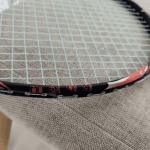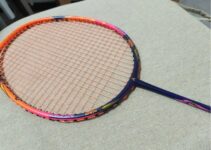
Badminton Racket Kawasaki NEZHA 35 Reviews
This is a lightweight offensive racket that Kawasaki recently promoted with a fair amount of marketing resources. Packaged in a gift box and featuring design elements from “Investiture of the Gods,” this racket combines high-quality materials with a friendly feel. Before this, I hadn’t encountered a Kawasaki product in this specification that exhibited such a clear offensive tendency. After using the last two rackets, I think Kawasaki has a good grasp on creating mid-range ultra-light rackets.

Parameters: 5U G6, with a base, total weight 88.19g, balance point 301mm, shaft length 220mm, moderate stiffness, box frame, 76-hole string bed, 9-3 string grooves, warranty up to 35 lbs, strung at 26-28 lbs with BS900.
The matte finish features a bold red and blue color scheme, with decorations incorporating lotus flowers and wheels of fire, all aligning with traditional mythological themes. While Kawasaki excels in racket paint quality and artistic design, the visual impact of the Nezha 35 feels somewhat overwhelming; it’s like using a blue background with red text in a PowerPoint presentation.
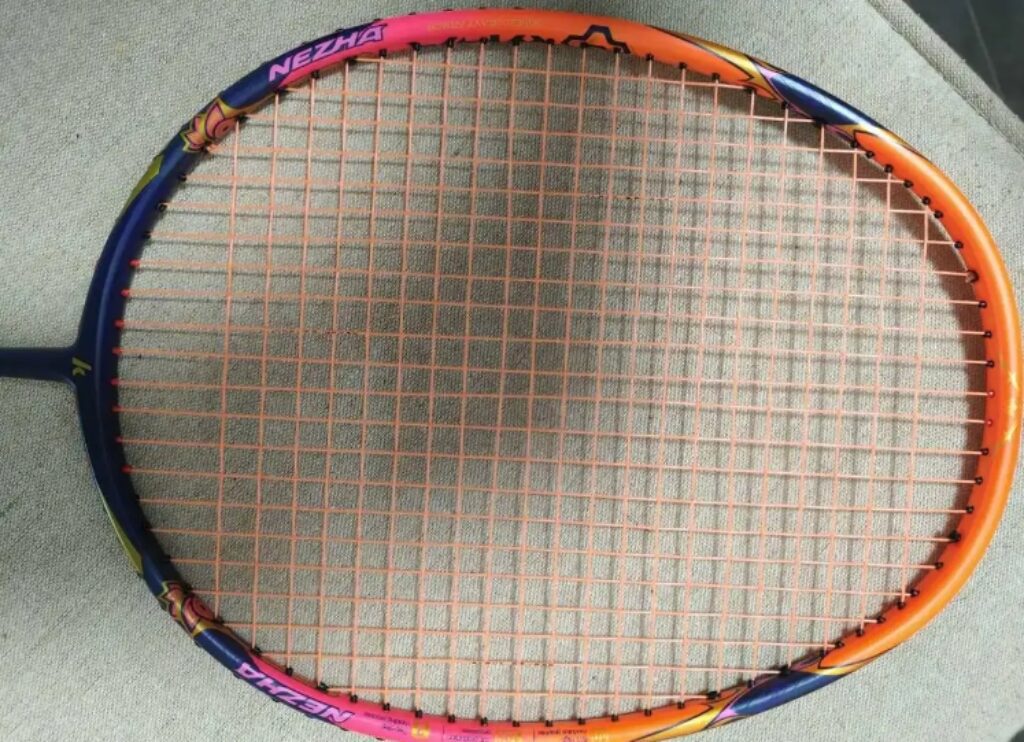
The gift box is attractive, but inside there’s only a standard racket cover and grip.
The balance point of this racket is relatively restrained compared to many other 5U rackets. Despite not being bottom-weighted, it exceeds 300mm, and in hand, the primary characteristic remains its “lightness.” However, the swing weight is noticeably higher; the long shaft provides a strong driving sensation. You can leverage the shaft’s deformation to produce powerful shots, and this deformation’s rebound is quite impressive. Combined with the stability of the box frame, it can maintain good directionality even for long shots, allowing for excellent control on high clears targeting the baseline.
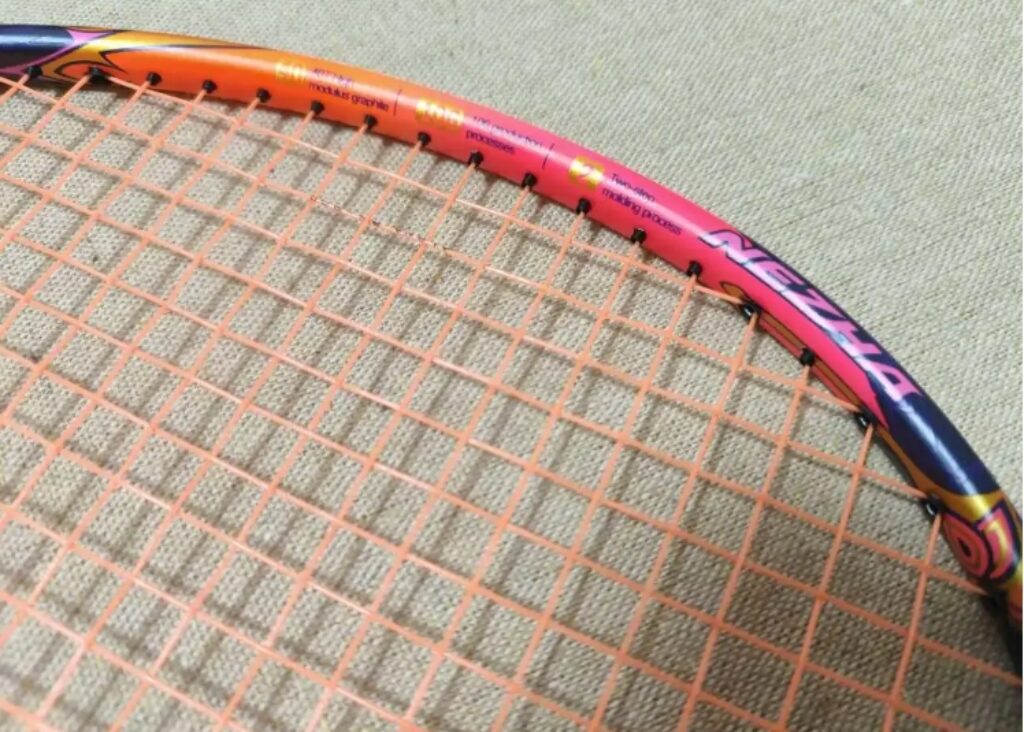
The shaft stiffness is moderate, and the Nezha provides good feedback during play without being burdensome. The ultra-light racket’s design requires precise short bursts of power, and I enjoy the concentrated feedback it delivers after hitting.
Since the popularity of ultra-light rackets like the Blue Factory’s “Hammer,” this category has become trendy. However, standing out among numerous competitors hinges on elasticity. The Nezha 35 benefits from its 40T material, allowing it to generate a significant downward force without excessive swing weight. Honestly, it struggles to pose a serious threat in the mid to backcourt; even with ample power opportunities, it can’t deliver strong offensive plays. However, its quick release, good elasticity, short preparation, and lack of rigidity offer advantages in dealing with proactive shots. Its capability for sudden downward interceptions or smooth pressure at the net increases the game’s tempo, aiming to see which team cracks first, which is precisely the Nezha’s desired scenario.
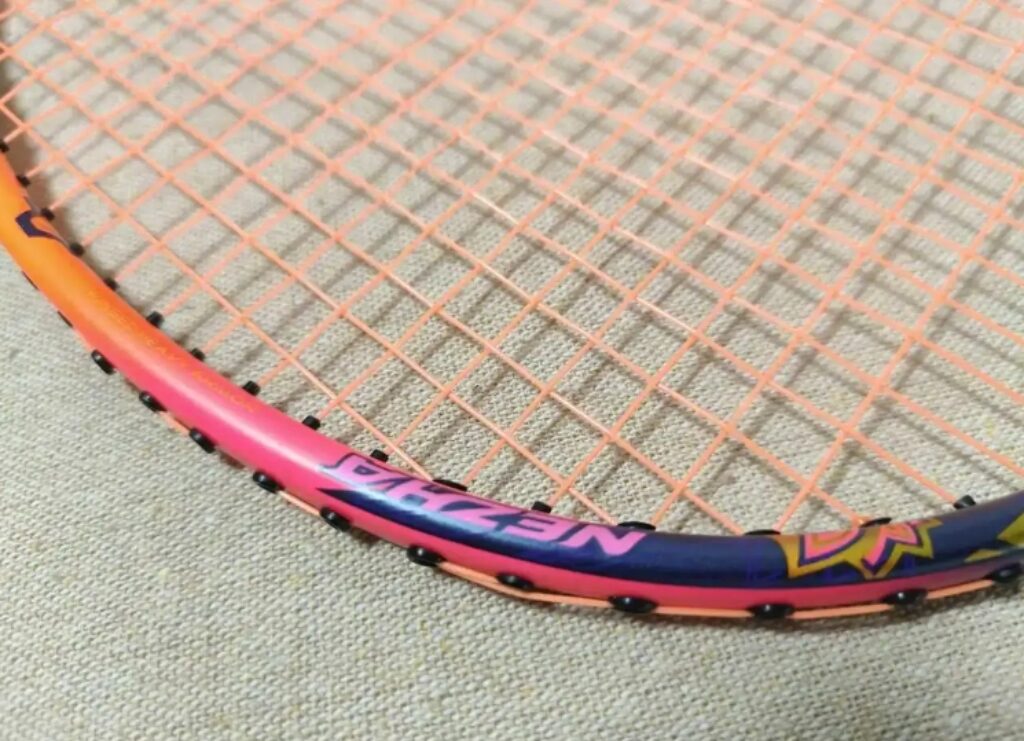
At the same time, the racket’s face performance is not overly aggressive, retaining a degree of ball feel. This is beneficial for controlling quick returns and net play, allowing for higher confidence and a positive feedback loop for users. While the Nezha may not match the stability of 3U or 4U offensive rackets, its advantages in agility provide valuable touch and finesse.
I would describe its defensive performance as “decisive.” It handles returns well, whether it’s reacting to smashes, exploiting gaps, or angled shots at the net. However, it lacks a bit of proper unload feel; when trying to manage a high shot during a return, it can go a bit too high.
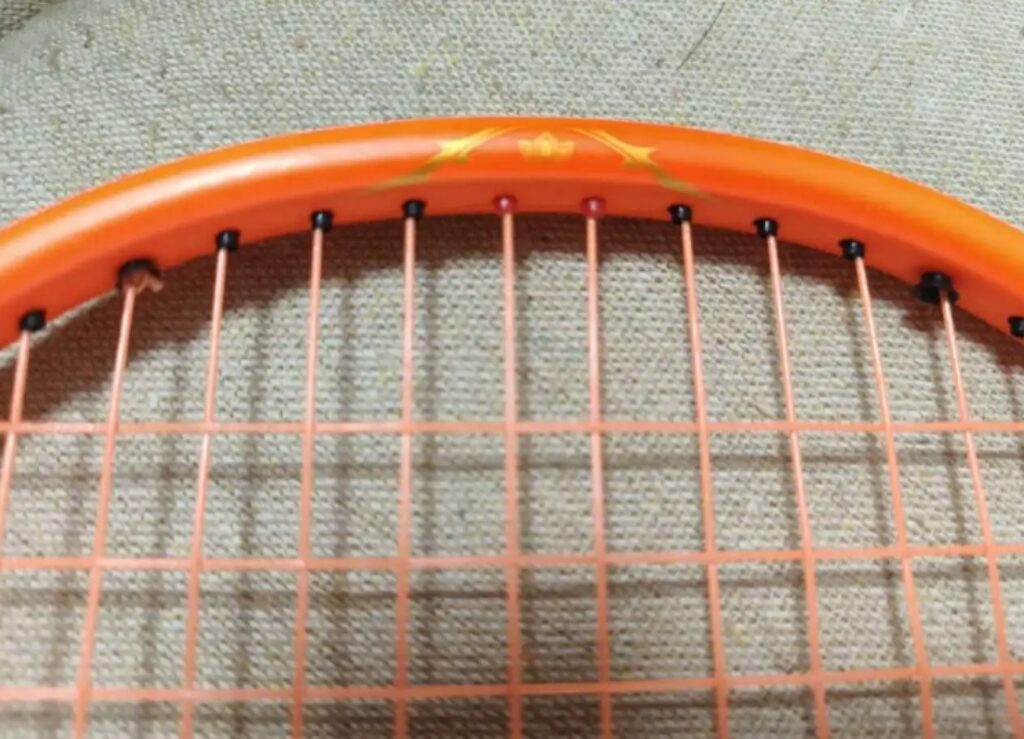
The Nezha also excels in handling passive shots, with adequate shaft elasticity and a forgiving face. It offers manageable drive difficulty and swing weight, enabling players to generate power even from lower positions and place shots more accurately.
Moreover, the often-discussed issue of homogenization in Kawasaki products seems to have significantly eased in this ultra-light category, which can easily stumble. For instance, despite the Nezha 35 and the recently released Aurora 50S having different shaft qualities, both demonstrate distinct differences in swing speed, shot feedback, and tuning focus, all while being easy to use, showcasing a solid understanding of the product.
